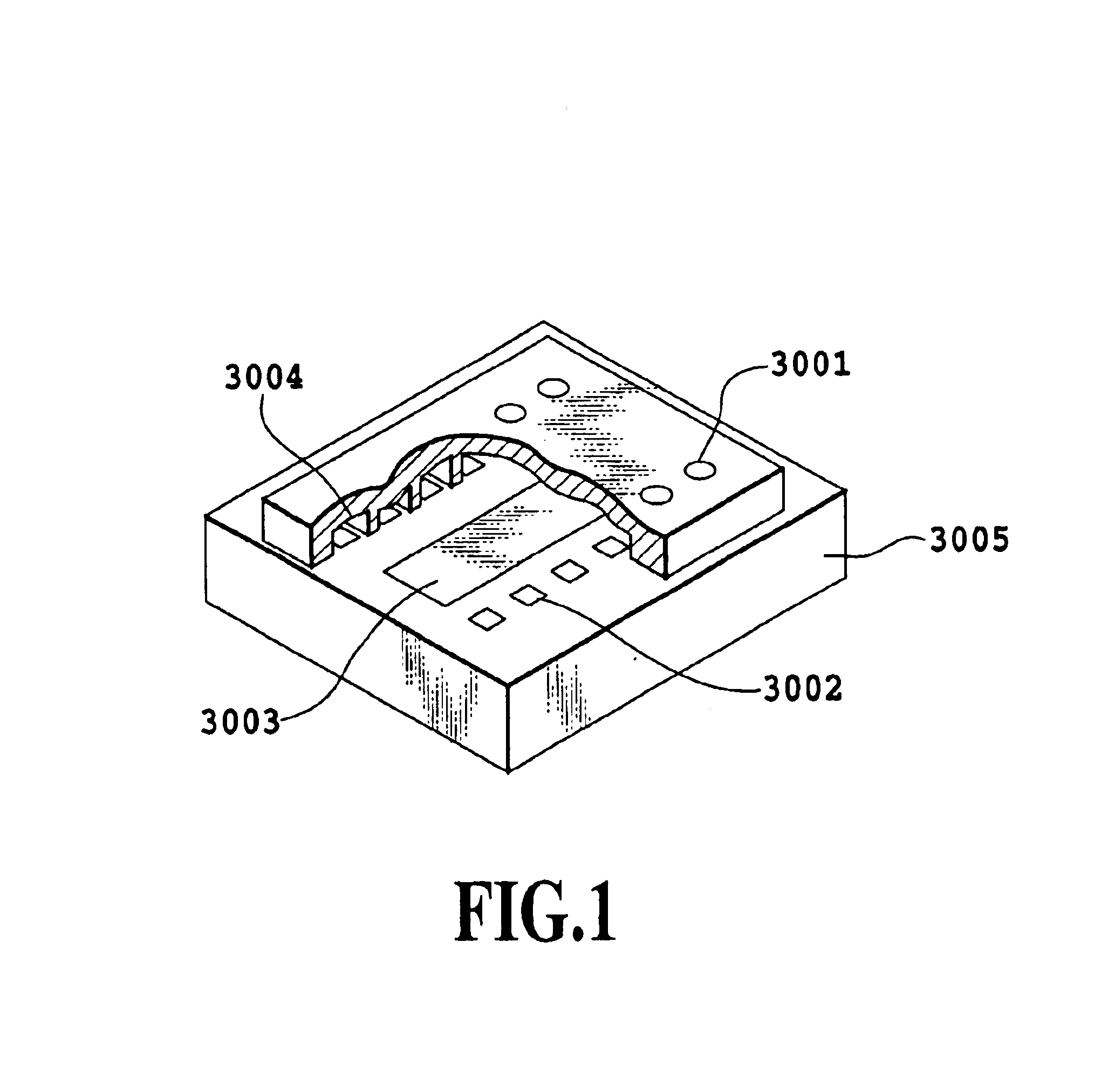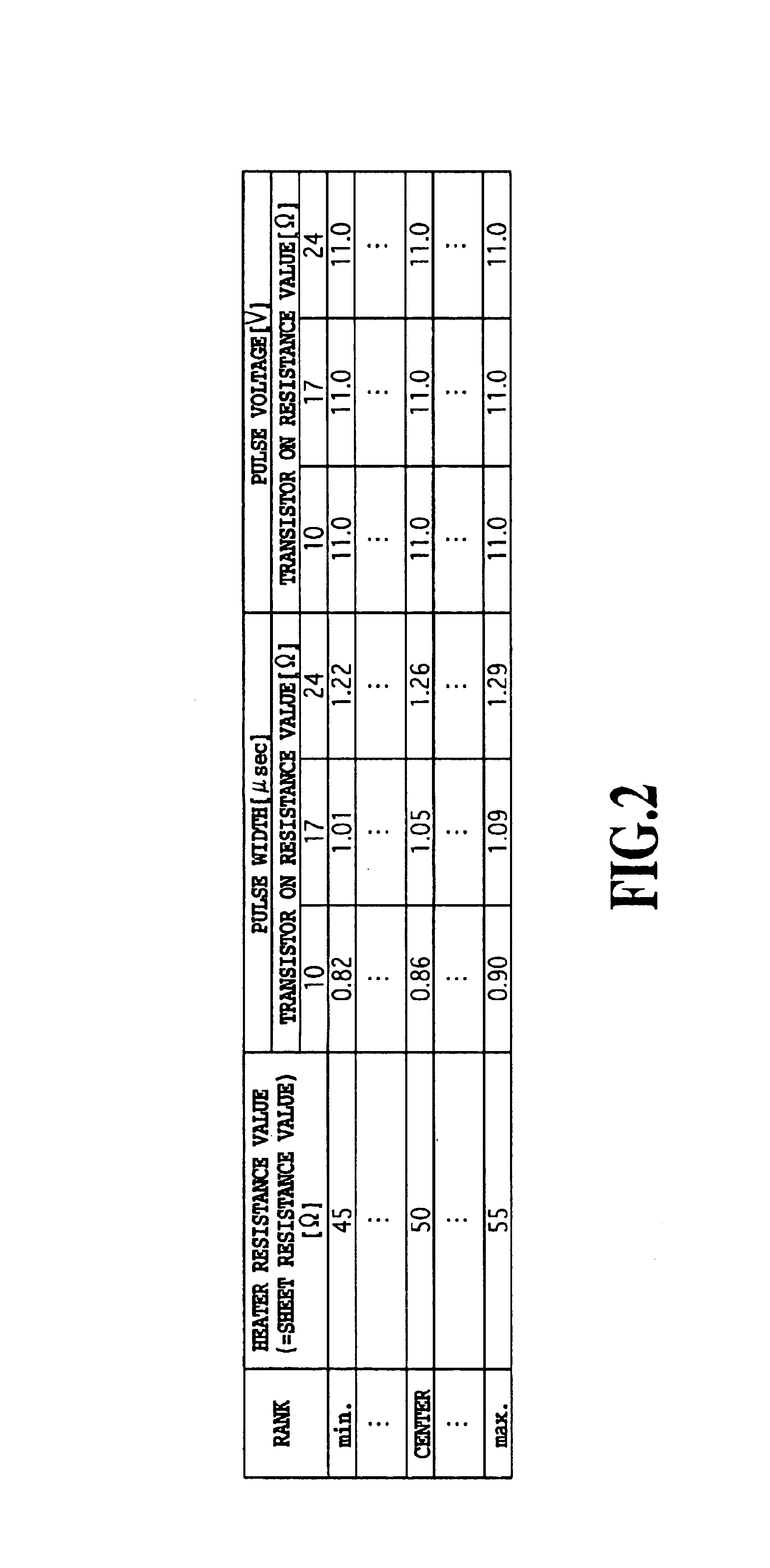Method of driving and controlling ink jet print head, ink jet print head, and ink jet printer
a technology of ink jet printer, which is applied in the direction of printing, inking apparatus, other printing apparatus, etc., can solve the problems of inability to accurately control the ink jet print head, the amount of ink ejected is not uniform, and the ink is unstably ejected, so as to improve the efficiency of ejected, increase the resistance value, and increase the cost
- Summary
- Abstract
- Description
- Claims
- Application Information
AI Technical Summary
Benefits of technology
Problems solved by technology
Method used
Image
Examples
Embodiment Construction
The present invention will be described below in detail with reference to the drawings.
1. Apparatus Body
FIGS. 3 and 4 show an outline construction of a printing apparatus using an ink jet printing system. In FIG. 3, a housing of a printing apparatus body M1000 of the printing apparatus according to this embodiment has an enclosure member, including a lower case M1001, an upper case M1002, an access cover M1003 and a discharge tray M1004, and a chassis M3019 (see FIG. 4) accommodated in the enclosure member.
The chassis M3019 is made of a plurality of plate-like metal members with a predetermined rigidity to form a skeleton of the printing apparatus and holds various printing operation mechanisms described later.
The lower case M1001 forms roughly a lower half of the housing of the printing apparatus body M1000 and the upper case M1002 forms roughly an upper half of the printing apparatus body M1000. These upper and lower cases, when combined, form a hollow structure having an accommod...
PUM
 Login to View More
Login to View More Abstract
Description
Claims
Application Information
 Login to View More
Login to View More - R&D
- Intellectual Property
- Life Sciences
- Materials
- Tech Scout
- Unparalleled Data Quality
- Higher Quality Content
- 60% Fewer Hallucinations
Browse by: Latest US Patents, China's latest patents, Technical Efficacy Thesaurus, Application Domain, Technology Topic, Popular Technical Reports.
© 2025 PatSnap. All rights reserved.Legal|Privacy policy|Modern Slavery Act Transparency Statement|Sitemap|About US| Contact US: help@patsnap.com



